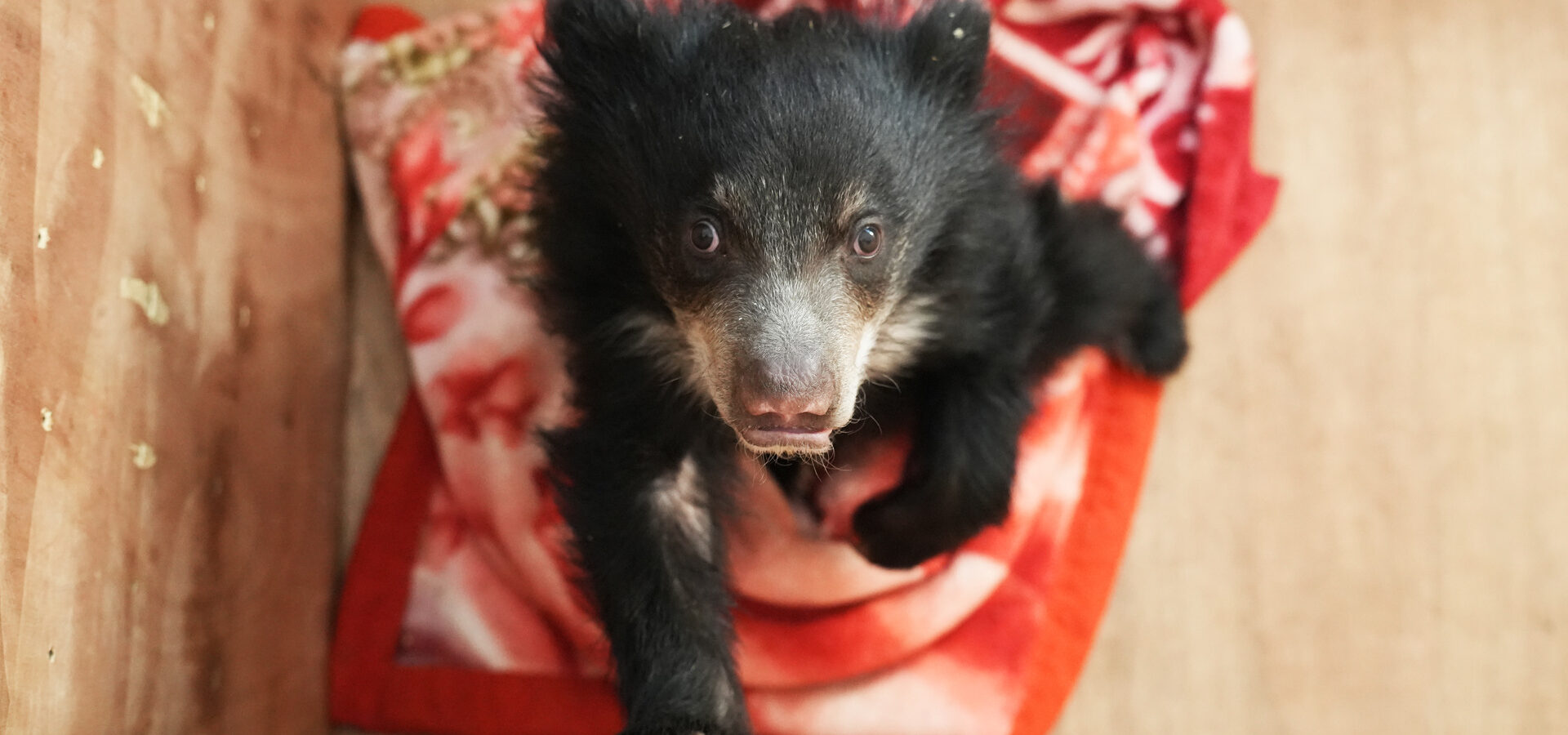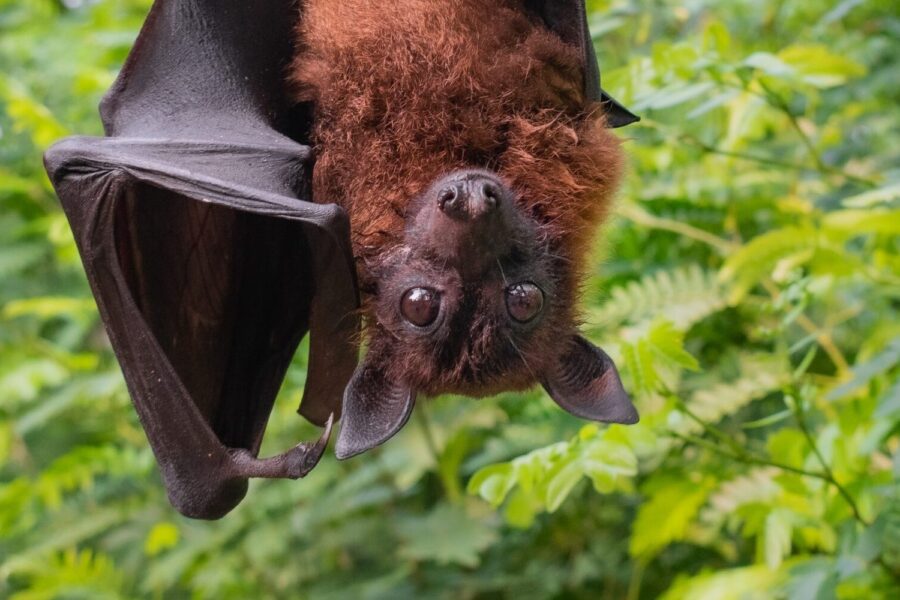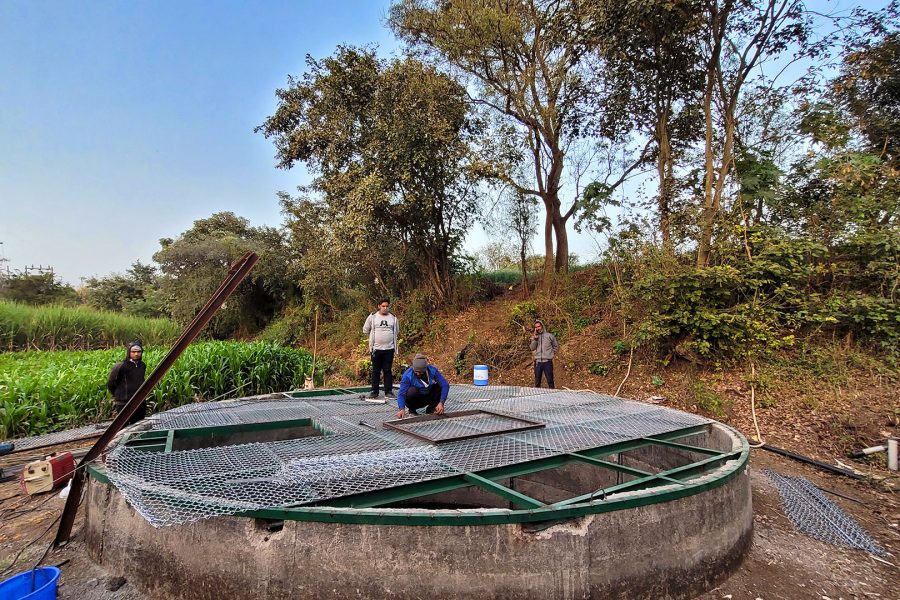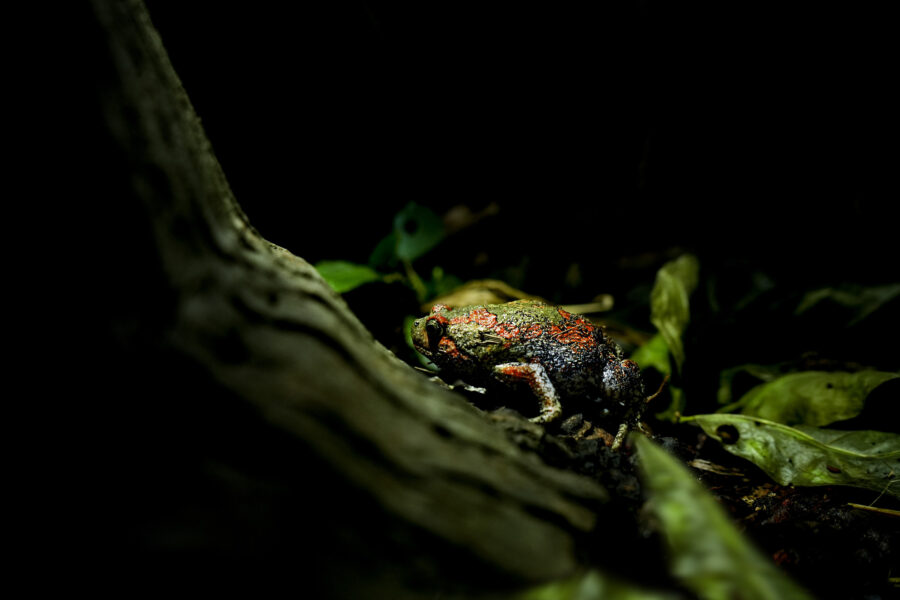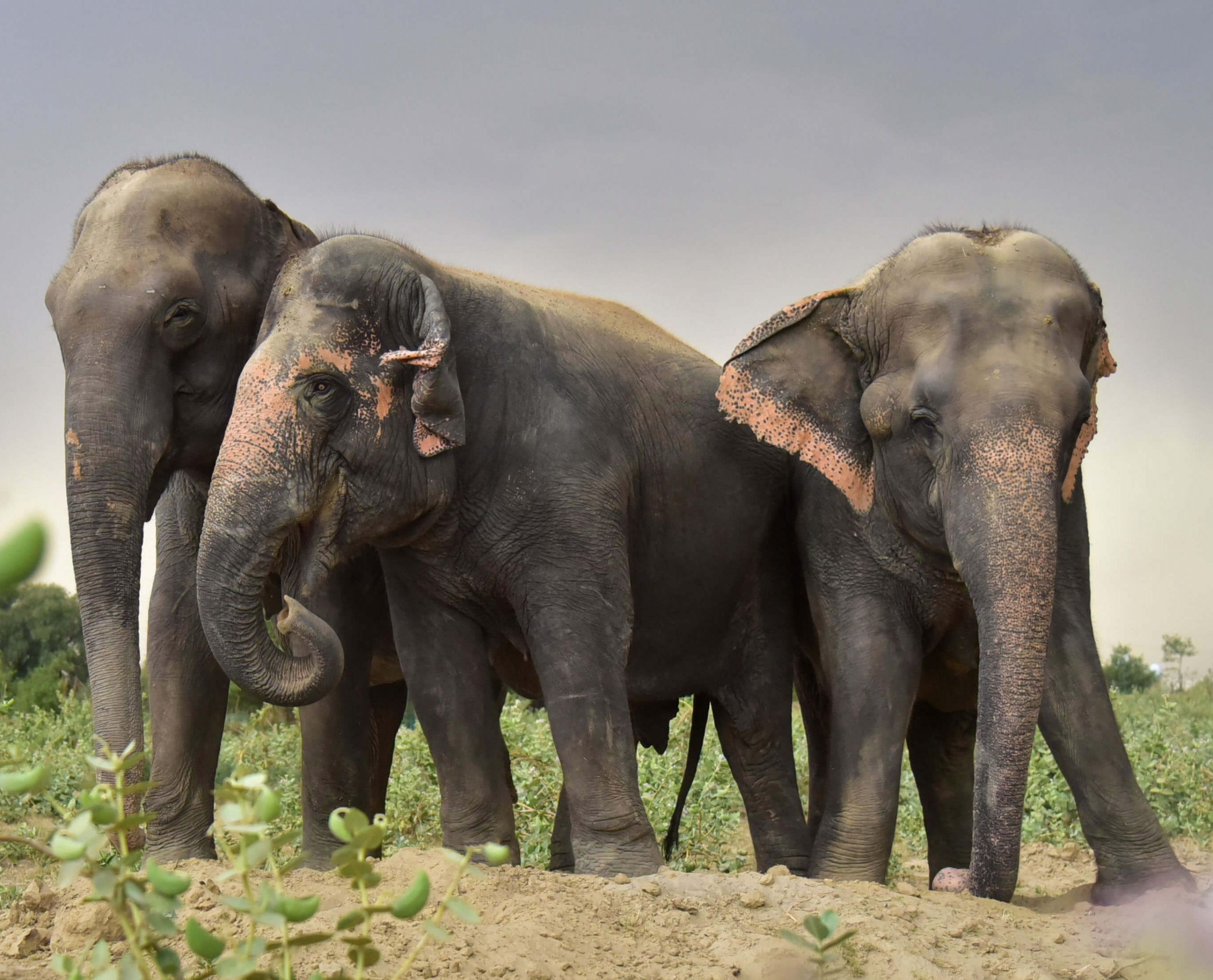On the crisp morning of January 26, 2025, when the entire nation was celebrating Republic Day, a tiny cry echoed from a culvert below a busy highway in Shahdol near the Bandhavgarh National Park in Madhya Pradesh. It was a desperate, heart-wrenching and frightened call, and forest officials were summoned to address it. This cry was coming from a baby sloth bear, however, the mother bear was missing. Having found the abandoned cub 3-4 days prior in the culvert, with the mother bear missing, officials had decided to wait and monitor the area closely, recognising the possibility that the mother might return to reclaim her infant. When minutes stretched to hours, and hours became days, the concerned team thought it best to intervene.
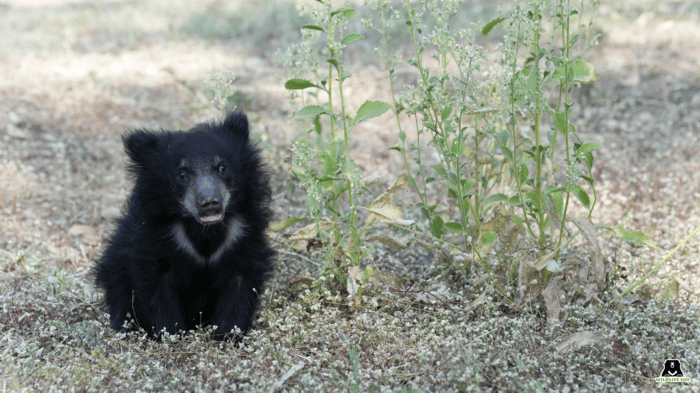
- Alone and afraid, the sloth bear cub was heard crying from deep within a tunnel under a highway in Madhya Pradesh. [Photo (C) Wildlife SOS/ Mradul Pathak]
Abandoned and weak, the sloth bear cub needed urgent attention, and was therefore rescued by the forest department, whose swift and timely intervention played a critical role in his survival. The forest officials took the cub to Bandhavgarh National Park, where he was provided with medical care for three days to help him recuperate. However, to sustain its health and welfare, a long-term solution was required. This was when the forest officials reached out to Wildlife SOS.
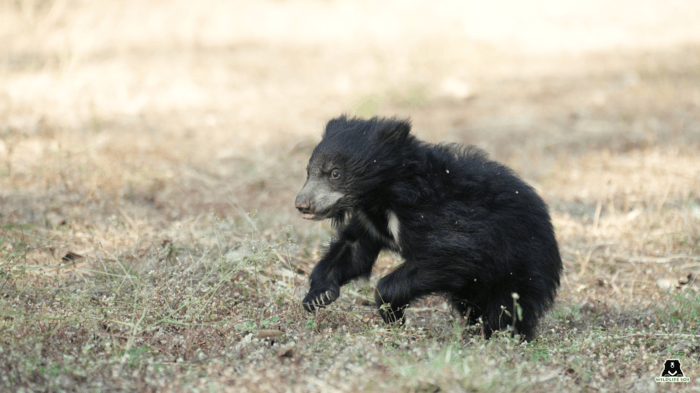
- Sloth bear cubs highly rely on their mother for essential guidance to survive, but this infant was found to be all by himself. [Photo (C) Wildlife SOS/ Mradul Pathak]
Sloth bear cubs require at least two years of maternal care, during which time they learn how to survive in the wild. The mother’s absence leaves the cubs vulnerable to threats and devoid of nutrition. When our team arrived at the site, we were informed that an adult bear had been seen hiding in the culvert with two infants, but fear and an aggressive retaliation by the locals could have been the primary reason for the mother bear to make an escape. Unfortunately while doing so, one of her cubs was left behind.
This male sloth bear cub had a tiny frame and was barely two months old when he was found. Uncertain of the little survivor’s future, a decision was taken to provide him the sensitive support he required. Currently, the cub is receiving neonatal care at Wildlife SOS’s Van Vihar Bear Rescue Facility (VVBRF) in Bhopal.
Providing the Best Care
Raising a baby bear is not a small task. It requires patience, expertise and above all, love, sensitivity and care. Our team ensures that every measure is being taken to keep the rescued cub safe, healthy and happy. The rescued cub has been affectionately named Jimmy after renowned actor and Wildlife SOS supporter Jim Sarbh’s father.
A special milk formula is made with components of fat, sugar and protein to mimic a mother bear’s milk, and it is being fed along with ragi (finger millet) porridge in specific portions, every 4 hours to Jimmy. He is also being provided with watermelon juice every day.
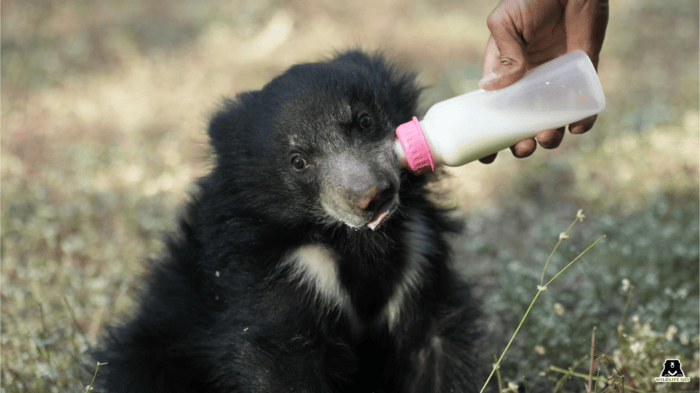
- Daily intake of specialised milk formula is helping the cub build strength and develop immunity, helping him adapt to the lush surroundings of VVBRF. [Photo (C) Wildlife SOS/ Mradul Pathak]
Sanitation and hygiene are at the pinnacle of our priorities as we hand-rear him, and so, caregivers ensure to wear masks and gloves while providing him with his feed. His feeding bottle is regularly cleaned with boiling water, and his shelter is thoroughly sanitised every day. For the first six months of a baby bear’s life, it is also important to make sure that there is absolutely no chance of the bear being exposed to infections.
For a bear this young, it is also necessary for the infant to build immunity to his new environment. For this, the new entrant at VVBRF enjoys two to three hours of playtime every day after his morning intake, which also provides him with the gentle exercise that he needs.
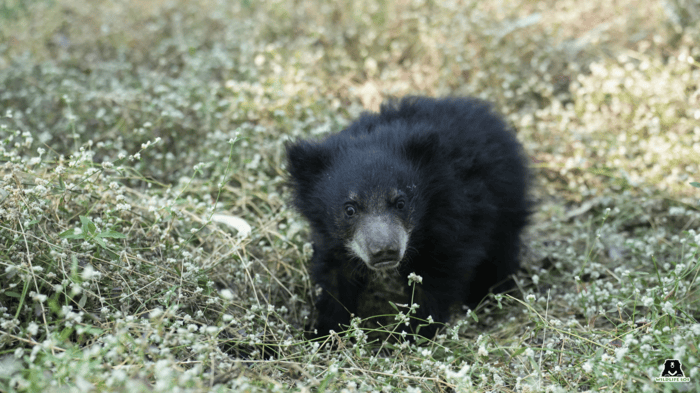
- The cub excitedly explores the surroundings, testing and honing his skills. [Photo (C) Wildlife SOS/ Mradul Pathak]
To promote his physical health further, small perches at lower heights have been constructed for the cub, so that he can climb and rest on them. Seeing him explore his surroundings, and his attempts to climb enrichments are positive signs of his development. For his overall well-being, vitamin B complex and lactobacillus culture to aid digestion are also being given to him. These supplements are crushed and included in his milk formula for smooth consumption.

- Rolling, running and exploring—this cub knows how to stay busy learning through play! [Photo (C) Wildlife SOS/ Dr. Rajat P. Kulkarni]
Jimmy is a bundle of playful energy, always eager for fun and games with his caregiver. Whether it’s chasing, rolling around, or simply cuddling up, Jimmy brings joy and laughter with his curious and affectionate nature. His playful spirit strengthens the deep bond he shares with his caregiver, making their time together truly special and heartwarming.
Jimmy sharing love and laughter with his caregiver. [Photo (C) Wildlife SOS/ Mradul Pathak]
This little cub under our care is a true bundle of energy! He loves to run around, and enjoys rolling on the ground. Our medical team and caregivers continue to motivate him with playful activities for his stamina and body strength.
Preparing for the Future
Jimmy is being carefully monitored, and as he grows in the next few months, his diet will be gradually modified to include solid foods as well. Enrichment activities will persist in stimulating his natural behaviours such as digging, foraging, and climbing, ensuring that his inherent instincts are promoted.
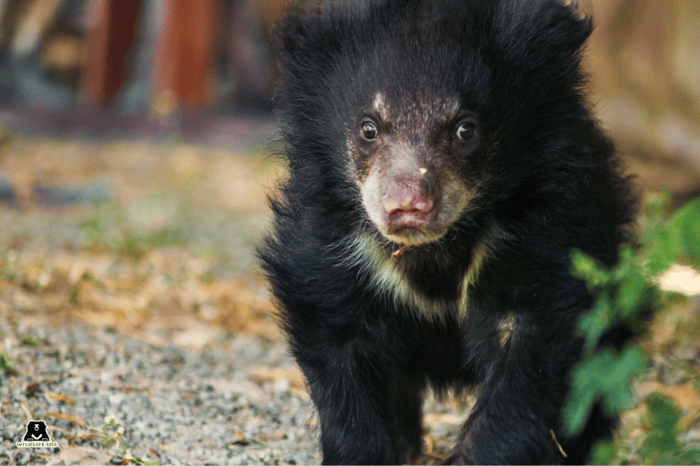
- Saved to survive, greatest importance will be given to this rescued cub’s health and happiness at VVBRF. [Photo (C) Wildlife SOS/ Dr. Rajat P. Kulkarni]
Each step is taken with the ultimate goal that the cub is given the care he needs. His rescue is a poignant reminder of how wildlife is approaching human occupied spaces as their own homes are at a great risk of being lost, and that there is a pressing need to preserve natural habitats.
If you would like to help us in providing rescued sloth bears with long-term care, consider making a donation.
Feature image: Mradul Pathak / Wildlife SOS

